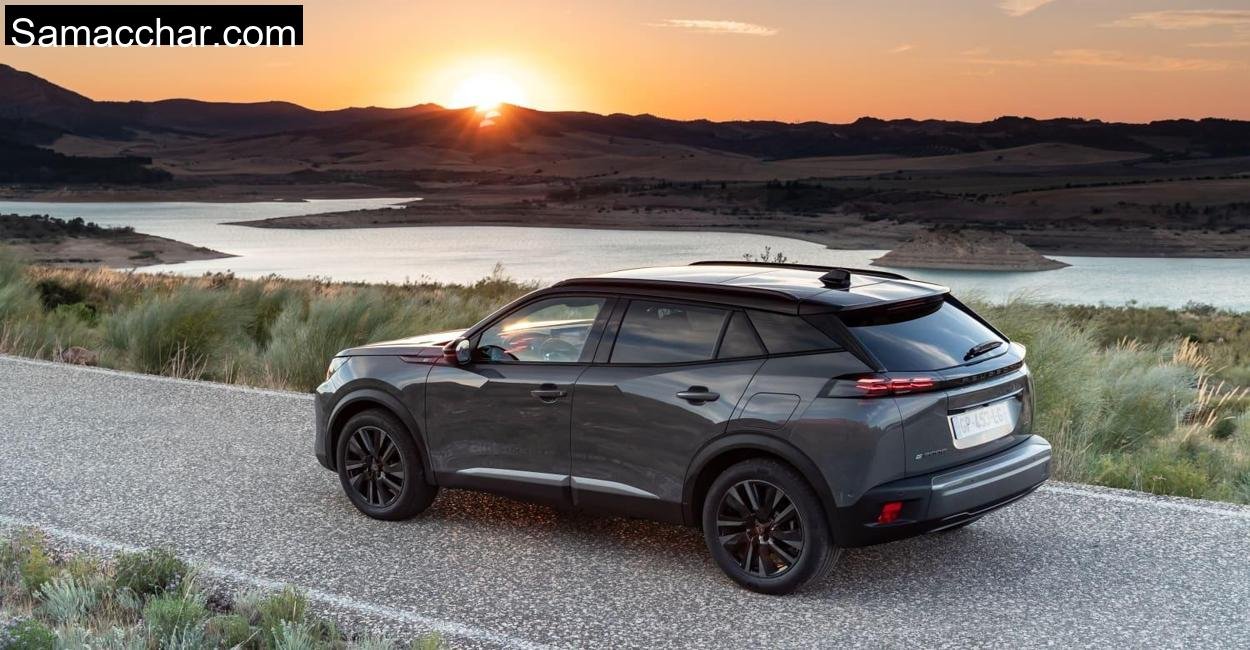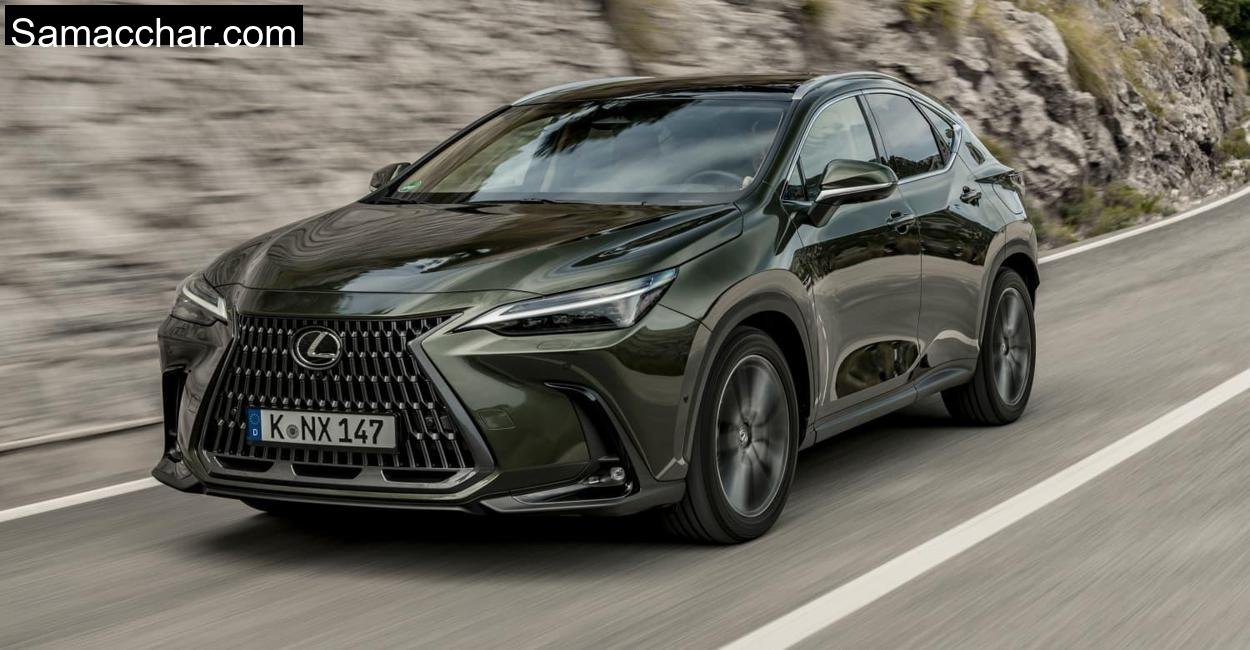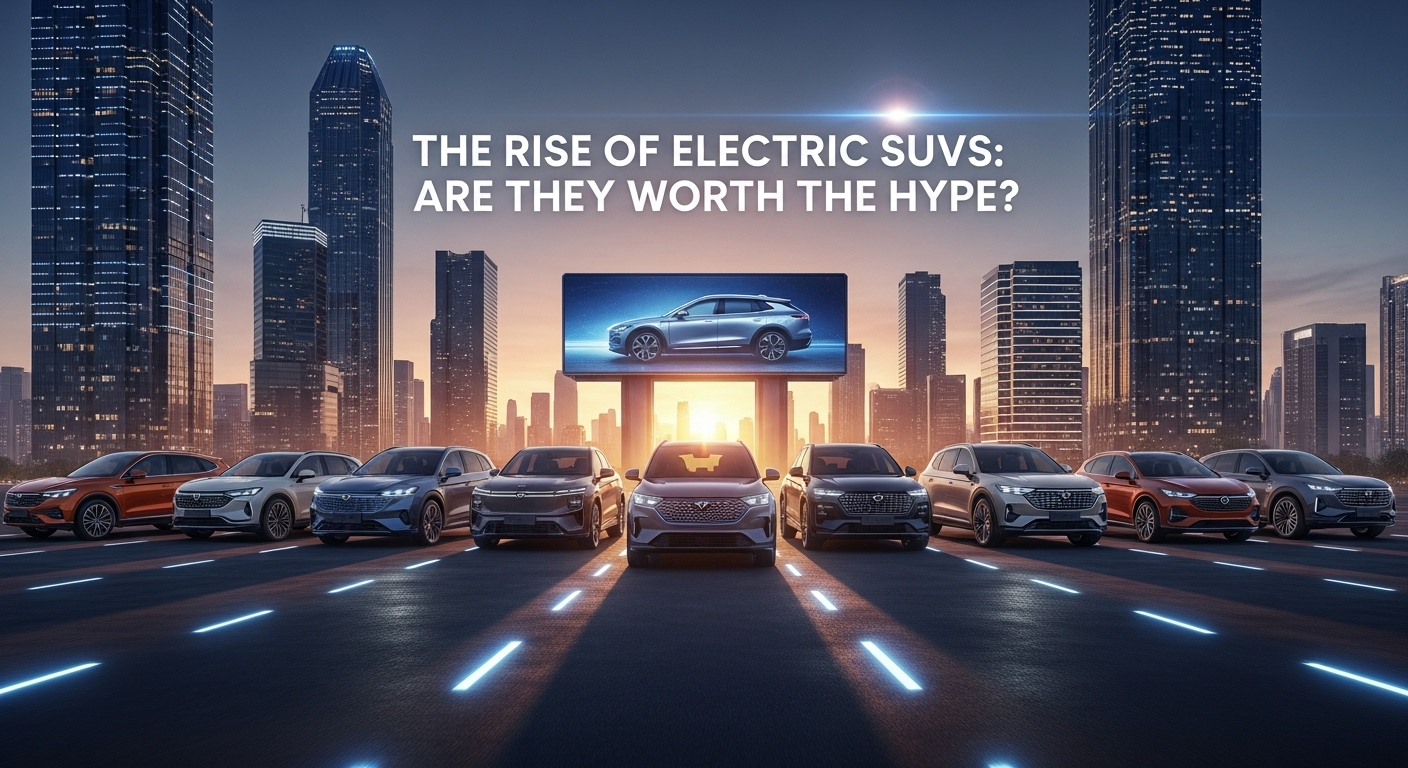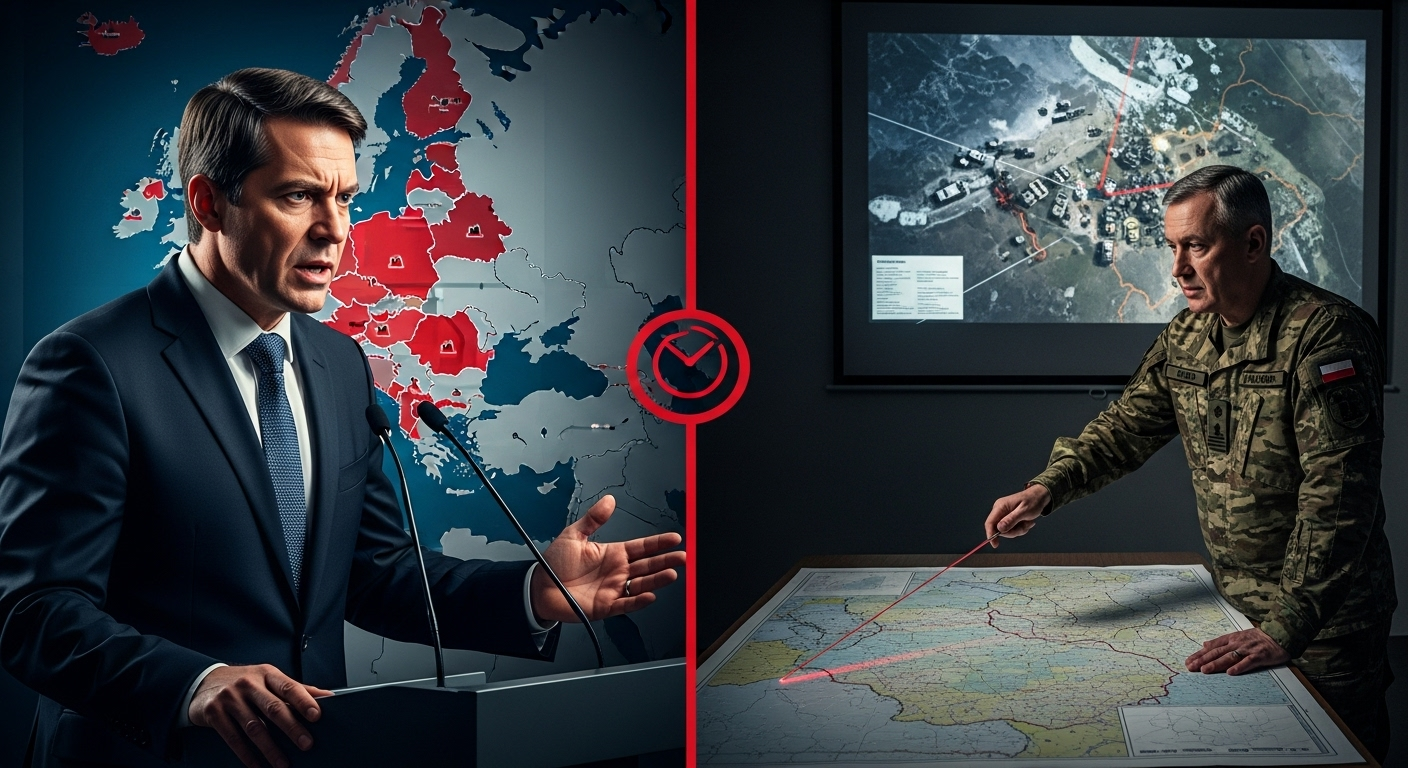Peugeot 2008 with Angular Design
From the moment it rolled into the lower slopes of the Trillenberg, the Peugeot 2008 drew glances, some curious, others approving. The facelifted model brings in claw-like LED daytime running lights that slash down the bumper with purpose. These now sit lower than before, visually anchoring the nose and enhancing that aggressive “lion on the hunt” aesthetic.
The body lines are sharp and deliberate, triangular flourishes climb from the side skirts to the shoulder, feeding into a wide rear stance framed by those trademark triple-claw taillights. There’s something about the proportions that make it look more substantial than it actually is. The flared wheel arches, now housing up to 18-inch wheels, give it an athletic poise even when parked.
On gravel, between the moss-covered boulders of the upper trail, the 2008 held its presence with confidence. No faux off-roader gimmicks, no drama, just a sculpted machine in tune with modern urban edge.
Futuristic 3D Instruments
Step inside and the Peugeot experience takes a leap into sci-fi. The i-Cockpit, now fully digital, greets you with a 10-inch display that floats above the dashboard like a hologram. It’s more than just visual flair, the 3D layering gives depth to basic information like speed, battery range, and navigation cues, allowing your eyes to focus more easily.
Driving through the narrow switchbacks of the Trillenberg, this cluster kept key data front and center, literally above the steering wheel. But there’s a caveat: the low-slung wheel and high instrument cluster combo isn’t for everyone. If you’re taller or shorter than average, you’ll want to test the seating position carefully, this futuristic layout has its ergonomic quirks.
That said, in moments of descending fog up near the summit, the clarity and brightness of the cluster stood out, far easier to glance at in dim light than a traditional LCD buried in the dash.
Plenty of Space in the Interior of the 2008
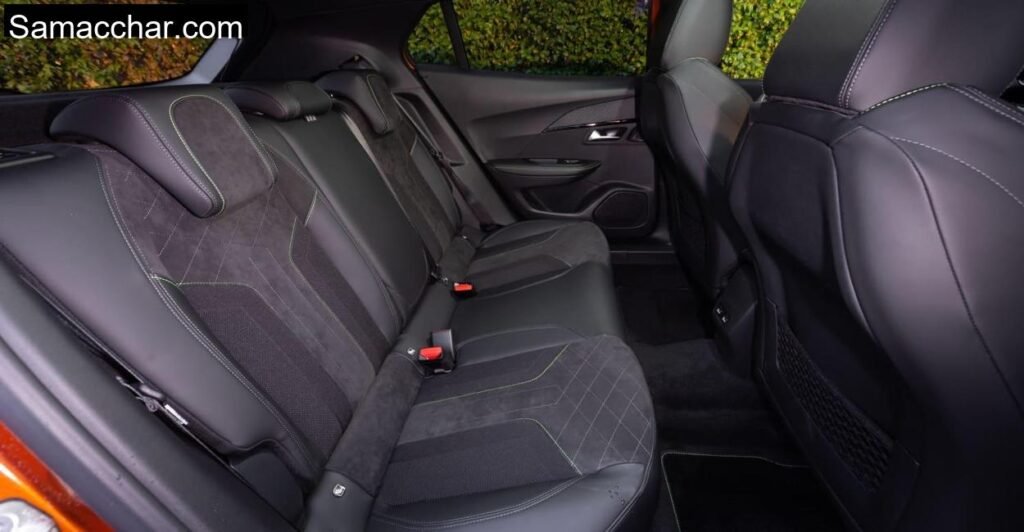
You wouldn’t expect generous legroom from something just over 4.3 meters long, but the 2008 surprises. Up front, I had ample knee and shoulder room, even with a jacket and backpack beside me. The high beltline does reduce the sense of openness a little, but you never feel cramped. The Trillenberg climb meant frequent stops, and not once did I feel like I was fighting for entry or exit room.
Rear seating has taken a notable step forward since the previous generation. Two adult passengers joined me on the descent, each over 1.85 meters tall, and neither complained of legroom or headroom. Granted, the beltline creeps high in the rear, almost to shoulder level, which blocks some exterior visibility and makes things feel cocooned, but the seats themselves are supportive and upright.
Trunk: Large for a Small SUV
Our weekend kit, rucksacks, drone bag, camera gear, a folding chair, and a box of provisions, all slotted into the trunk without a game of Tetris. It may say it holds 270 liters up to the parcel shelf, but it’s the usable shape and wide opening that make it practical. That deep floor and flat loading sill (72 cm high) help more than the raw volume figures might suggest.
What impressed most is that this holds true for the electric version, too. The battery, cleverly tucked in the underbody, doesn’t eat into cargo space at all. And when we needed more room, the seatbacks folded with minimal fuss, freeing up over 1100 liters. That’s small-wagon practicality in a compact SUV suit.
The Combustion Engines: One Petrol Engine, One Hybrid
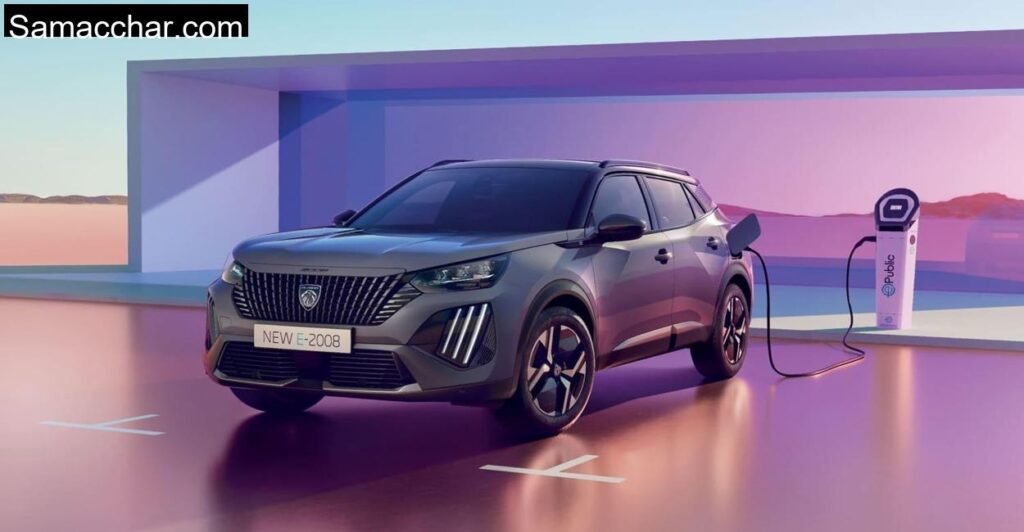
Let’s talk powerplants. If you opt for internal combustion, Peugeot gives you a choice between a plucky 1.2-liter petrol and a more refined 48V mild hybrid.
The base 101 hp petrol version, while efficient and smooth around town, felt slightly overworked on our hilly testing ground. It climbs, yes, but not with gusto. It’s the kind of engine that needs a gentle foot and patience. Push it, and the throttle noise rises faster than your speed.
The 136 hp hybrid, on the other hand, tells a different story. Silent electric start, smooth transitions, and enough low-end torque to climb hairpins without drama. Around 5.0 liters per 100 km fuel consumption and the ability to cruise short distances on electric power alone, it’s a clever setup. On the downhill return from Trillenberg, regenerative braking helped ease the strain on the discs, making for a more composed ride.
Range in the Ecotest: 320 Kilometers
Let’s zero in on the e-2008. The facelift brought more than cosmetic upgrades, it gave the EV a larger battery and a more efficient motor. The result? A real-world Ecotest range of 320 kilometers, a leap over the previous 260 km mark. On paper, it’s 51 kWh net capacity, 156 hp, and 270 Nm of torque.
In our testing, with moderate speeds and a mix of regen modes, 300 kilometers felt realistic, even with spirited bursts uphill and generous use of the air conditioner. Fast charging? From 10 to 80 percent in 29 minutes with a good 100 kW charger. That means you can top up during a quick coffee break and keep moving.
The Chassis: Safe, But Not Very Dynamic
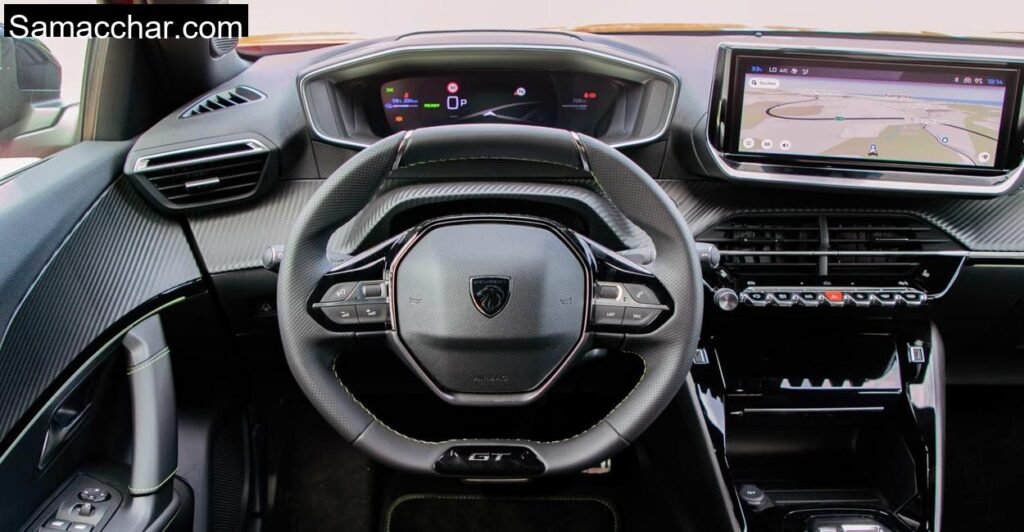
Here’s where the 2008 shows its calm, family-first character. On the uneven, weathered road surfaces of Trillenberg, the suspension soaked up cracks and patches with grace. Body roll is present but never alarming, and stability is the name of the game here.
The steering, however, is more of a conversation partner than a precise scalpel. It responds gently, without urgency. Feedback is filtered and somewhat muted. It’s composed, predictable, and most importantly, safe, but if you’re expecting fun in corners, you’ll need to recalibrate your expectations.
Good Facilities
Standard features impress across the board. Even the base model gets LED lighting, lane keeping assist, and a digital cockpit. In our GT-trim test car, we had eight-color ambient lighting, heated seats, 3D navigation, and wireless phone charging.
On a cold morning in the hills, the heated steering wheel was a blessing. On the descent, adaptive cruise and blind spot sensors worked flawlessly. Three USB ports up front, two in the back, everyone stayed connected, including our GoPro.
It’s a little frustrating that some climate settings are buried in touchscreen menus, but the shortcut toggles help. Once you learn the layout, it becomes second nature.
Conclusion
The Peugeot 2008, especially in its electric guise, isn’t a car that demands attention with brute force or track-honed reflexes. It’s a thoughtful, sharply styled urban SUV that balances practicality, tech, and efficiency with the poise of a more premium vehicle.
Up on the Trillenberg, where cars are tested less by speed and more by character, the e-2008 felt honest. It climbed without fuss, descended with grace, and carried three adults and a trunk full of gear in silent comfort.
If you want dynamism, you’ll need to look elsewhere. But if you want an all-rounder that respects your space, your electricity bill, and your daily grind? The lion badge might just roar softly, but it speaks with clarity.
